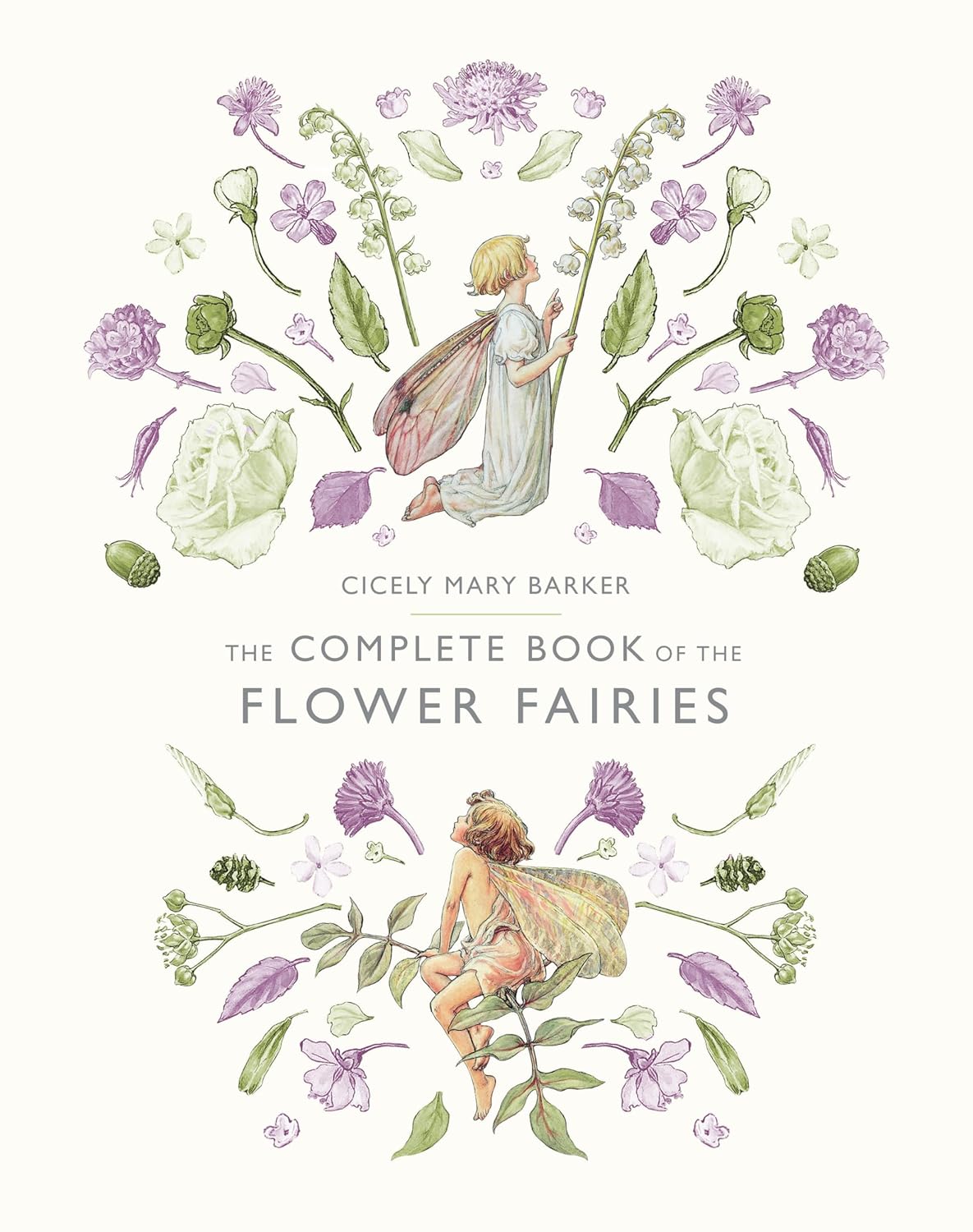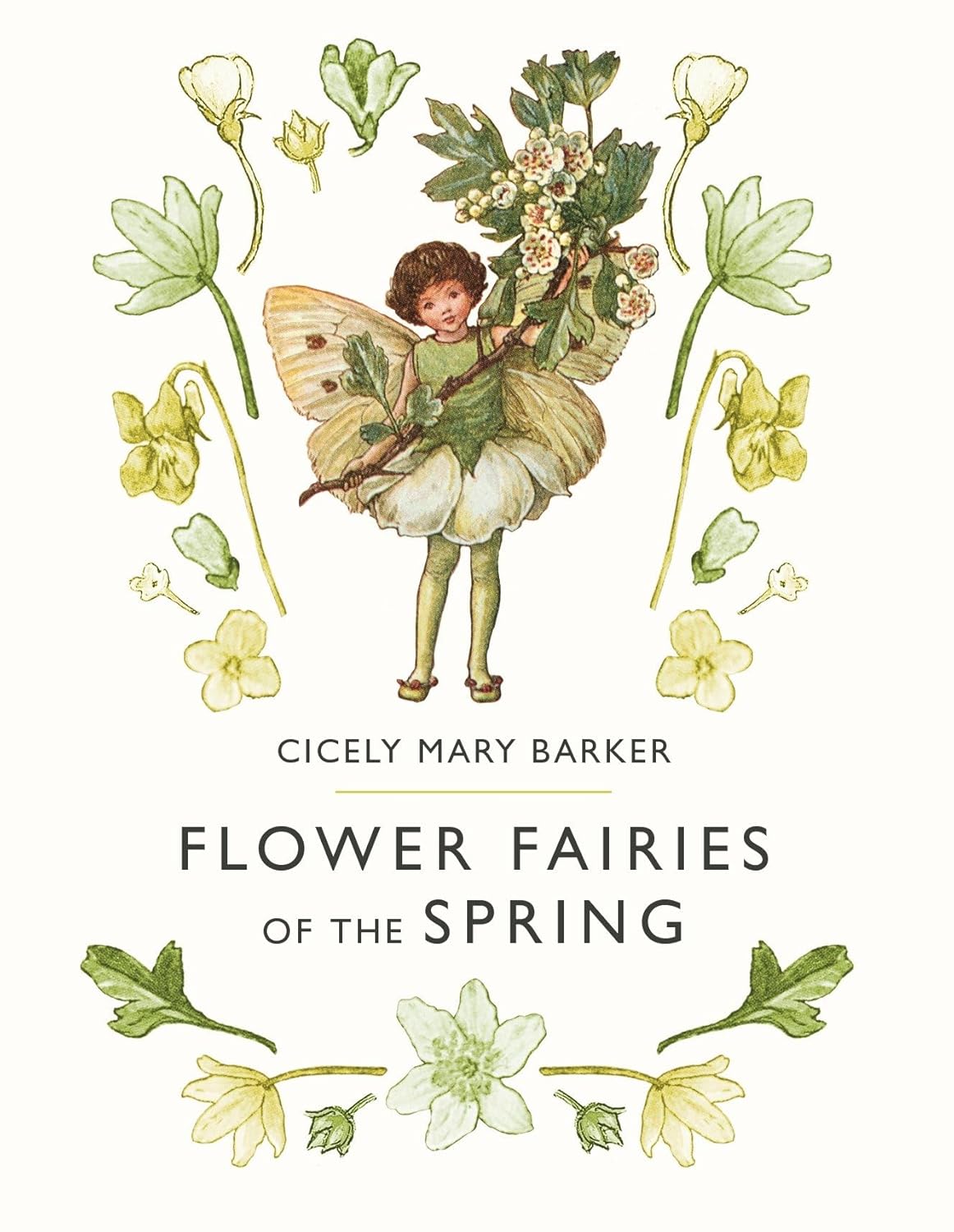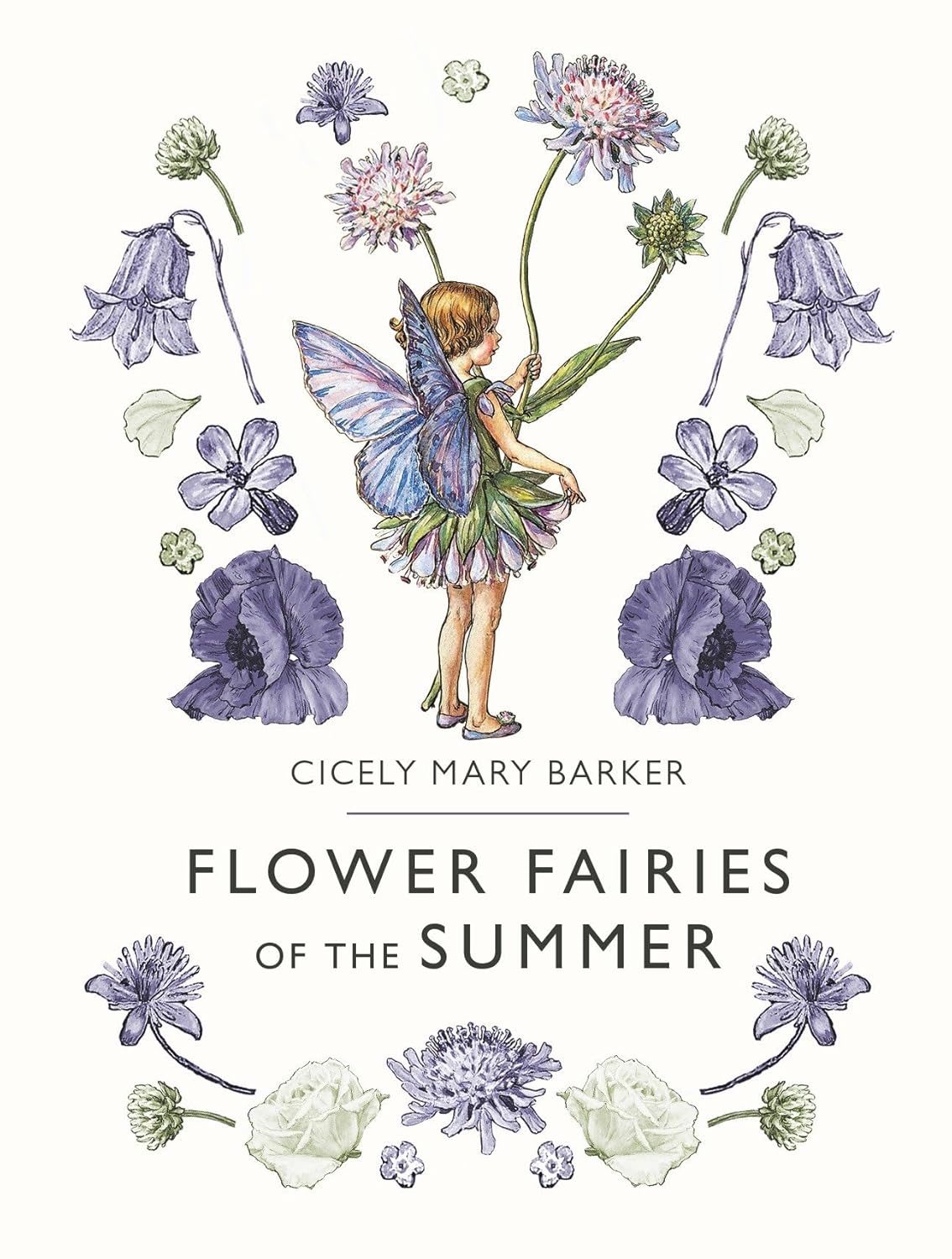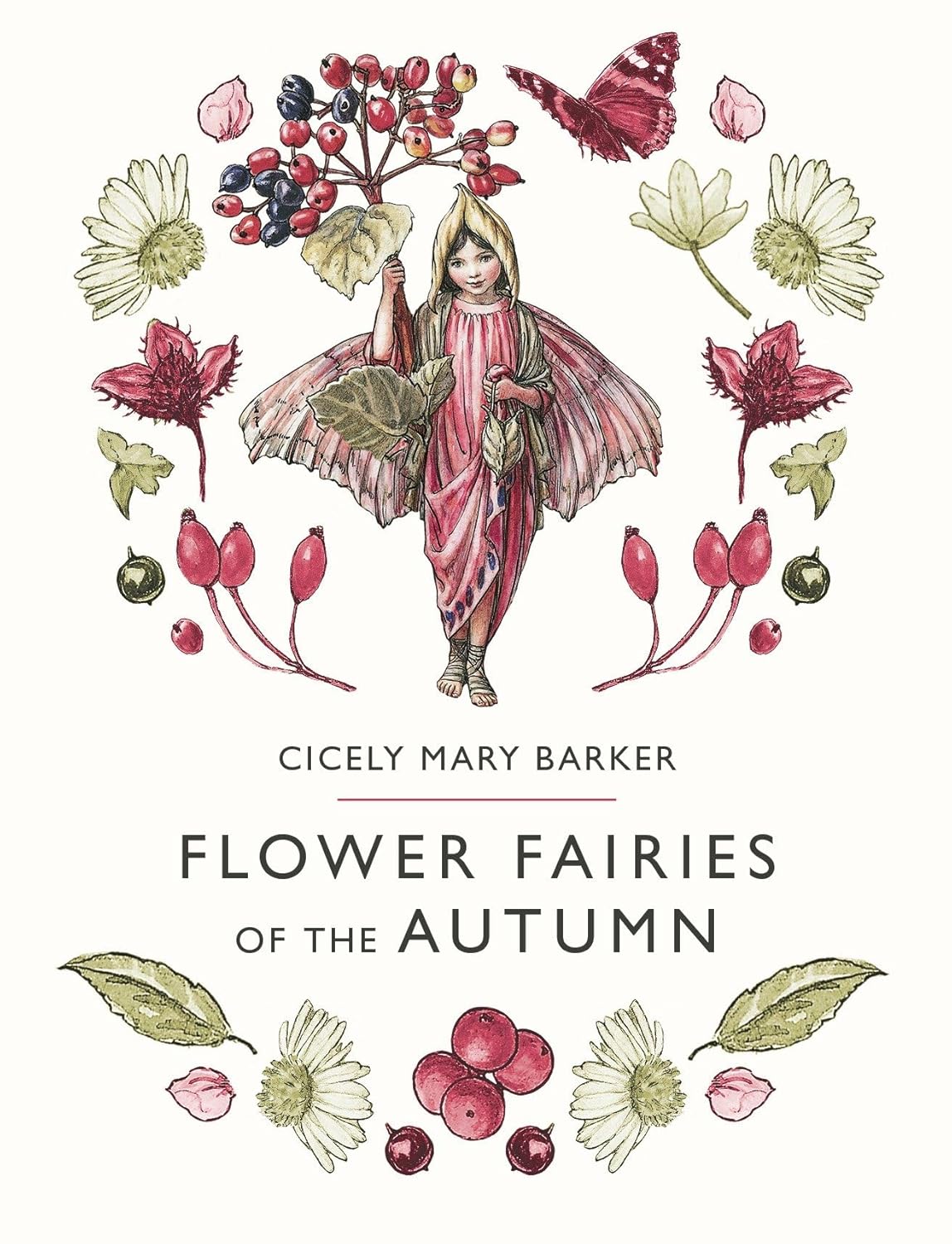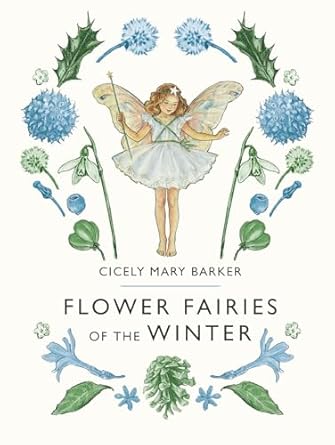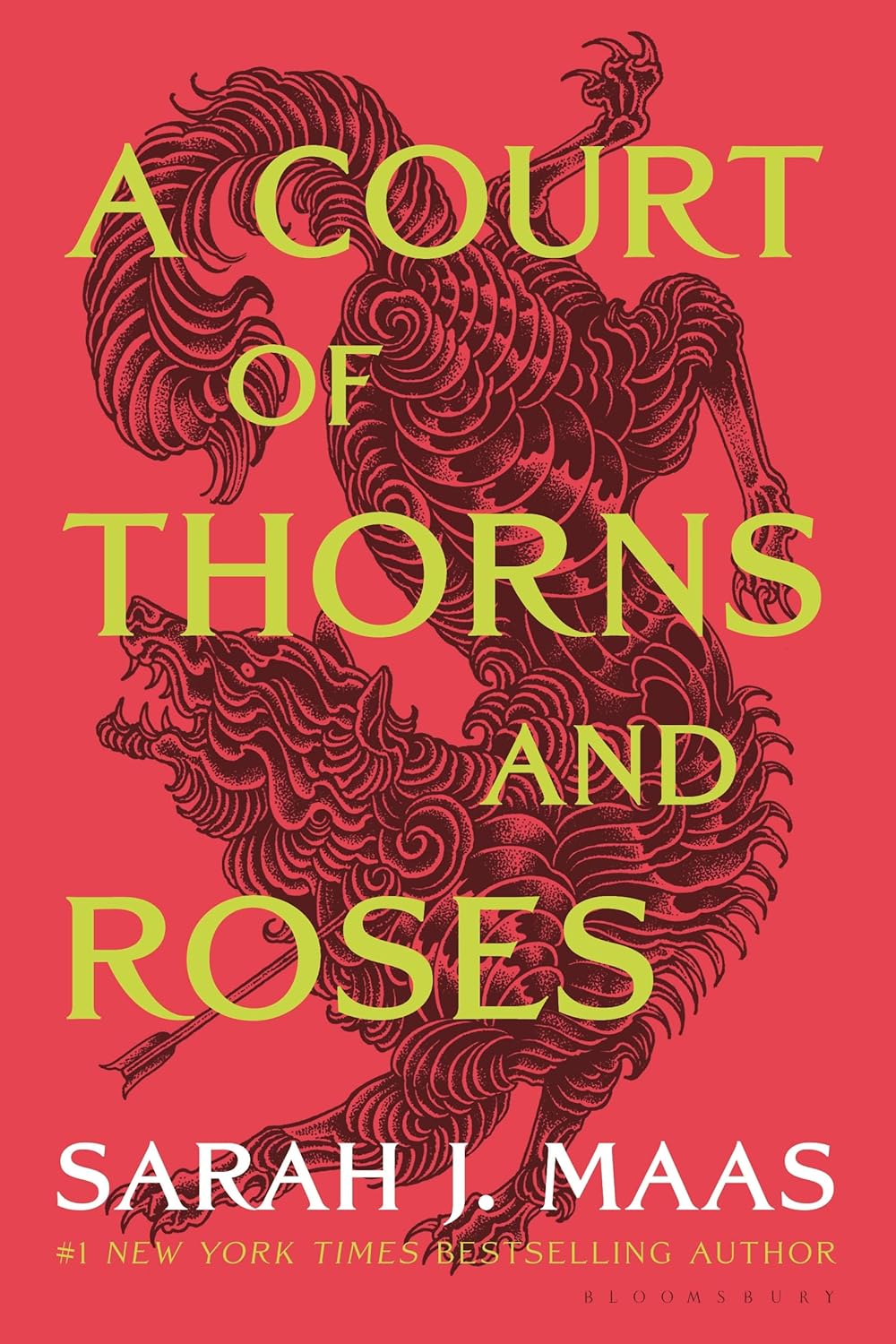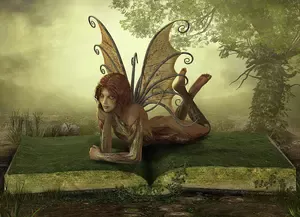- Home
- Fairy Blog
- Fairy Cakes
- Fairy Quotes
- Safety Dance
- The Flower Fairies Books
- What is a Fairy?
- Are Fairies Real?
- Elemental Fairies
- Faeries
- What are the Fae?
- Fae Fantasy Books
- Fairy History
- Origin of Fairies
- Fairies in Folklore
- Pixies
- Pixie Fairy Differences
- Gothic Fairies
- Tooth Fairy
- Fairy Festivals
- Fairy Gardens
- Fairy Garden Accessories
- Fairy Forests
- Fairy Poems
- Fairy Tales
- Fairy Tale Origins
- Classic Fairy Tales
- 24 Fairy Tales
- Fairy Tales around the World
- About Fantasy Creatures
- Dragons
- Dwarves
- Elves
- Gnomes
- Leprechauns
- Mermaids
- Unicorns
- Fairy Face Painting
- Free Fairy Art
- Fairy Coloring Pages
- Fairy Crafts For Kids
- Chinese Dragon Art
- How to Draw a Dragon
- Chinese Dragon Drawing
- Dragon Coloring Pages
- Fairy Tattoo Ideas
- About Us
- Contact Us
- Disclaimer
- Privacy Policy
The Book Of
The Flower Fairies
If you've ever found yourself enchanted by the delicate world of fairies dancing among garden flowers, then you're probably already familiar with the magical "Book of the Flower Fairies."
This beloved collection has captured hearts for generations, bringing together whimsical illustrations and charming poetry that transport readers into a world where every bloom has its own fairy guardian. Whether you discovered these books as a child or you're just learning about them now, there's something truly special about Cicely Mary Barker's creation that continues to resonate with readers of all ages.
You can purchase the Complete Book of the Flower Fairies here on Amazon.
Book Of The Flower Fairies
The genius behind "The Flower Fairies" was Cicely Mary Barker, a British artist and illustrator born in 1895. What makes her story even more remarkable is that she created her first fairy illustrations while she was still a teenager, selling her work to publishers when she was just sixteen years old.
Barker wasn't just an artist with a vivid imagination – she was also a meticulous researcher who studied real flowers and plants to ensure her fairy illustrations were botanically accurate. This attention to detail is part of what makes her work so enduring and educational.
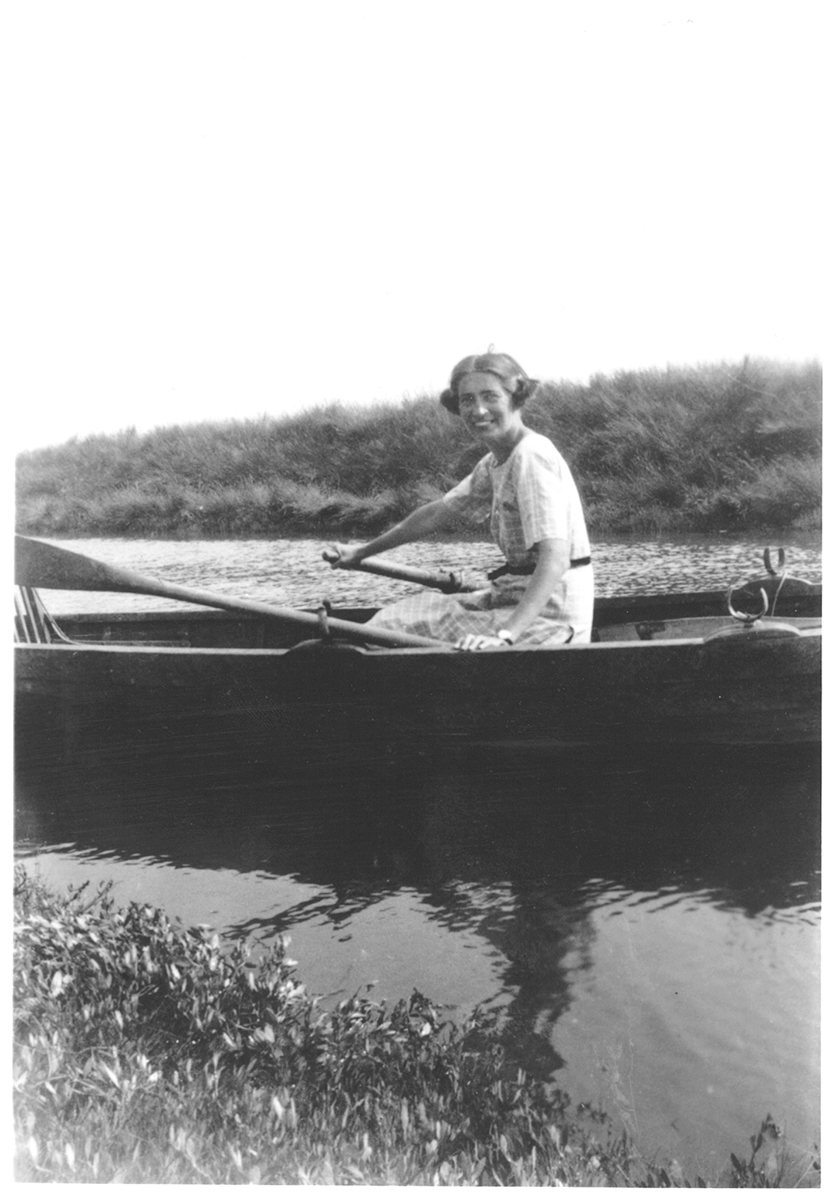 Cicely Mary Barker
Cicely Mary Barker
photo courtesy Penguin Books Limited
Barker's artistic journey began in her family home in South London, where she was largely home-schooled due to health issues. This gave her plenty of time to develop her artistic skills and observe the natural world around her.
She attended the Croydon School of Art part-time, where she honed her watercolor techniques that would later become the signature style of her fairy illustrations. Her dedication to her craft and her love of nature shine through in every delicate brushstroke and carefully composed scene.
Book Of The Flower Fairies
What sets "Books about the Flower Fairies" apart from other fairy tales is Barker's unique approach to combining art, poetry, and botanical education.
Each fairy is depicted with incredible detail, from their gossamer wings to their flower-petal clothing, and every illustration is accompanied by a short poem that describes the fairy's personality and the characteristics of their corresponding flower.
This combination creates an immersive experience that's both entertaining and educational, making these books perfect for curious minds of all ages.
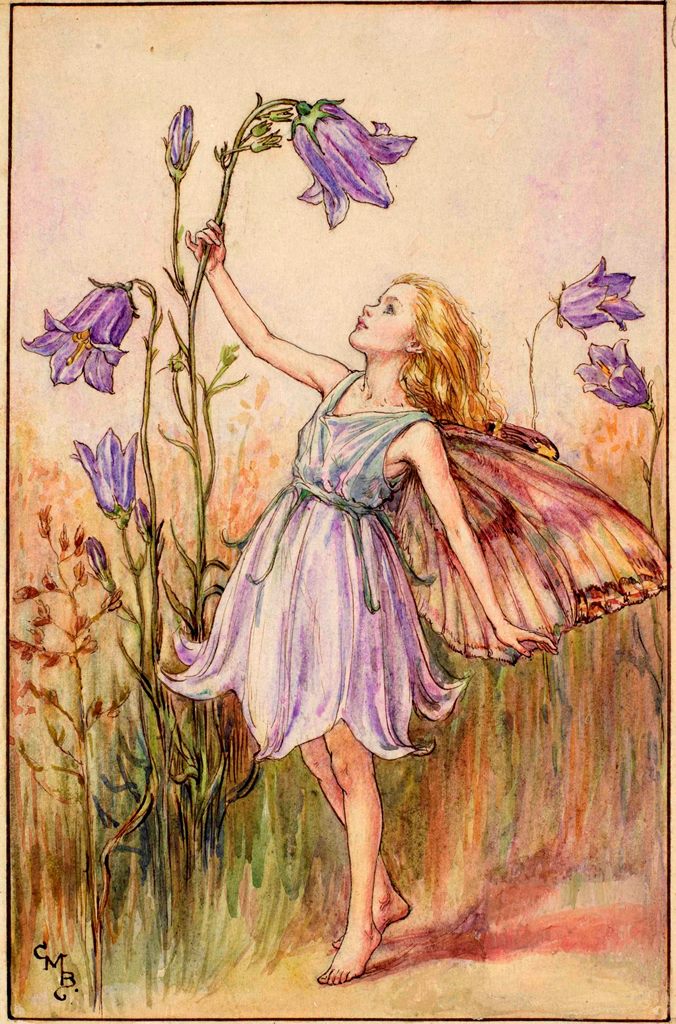 The Harebell Fairy in her beautiful petal dress!
The Harebell Fairy in her beautiful petal dress!
photo courtesy Penguin Books Limited
The Flower Fairies of the Spring
The seasonal structure of Barker's fairy books reflects the natural cycle of garden life, with each volume celebrating different times of the year. "Flower Fairies of the Spring" was the first book in the series, published in 1923, and it immediately captured readers' imaginations with its fresh, hopeful imagery of new growth and awakening.
The spring fairies include delightful characters like the Daffodil Fairy, who heralds the end of winter, and the Speedwell Fairy with petals blue like the clear blue skies.
Click here to purchase Flower Fairies of the Spring on Amazon.
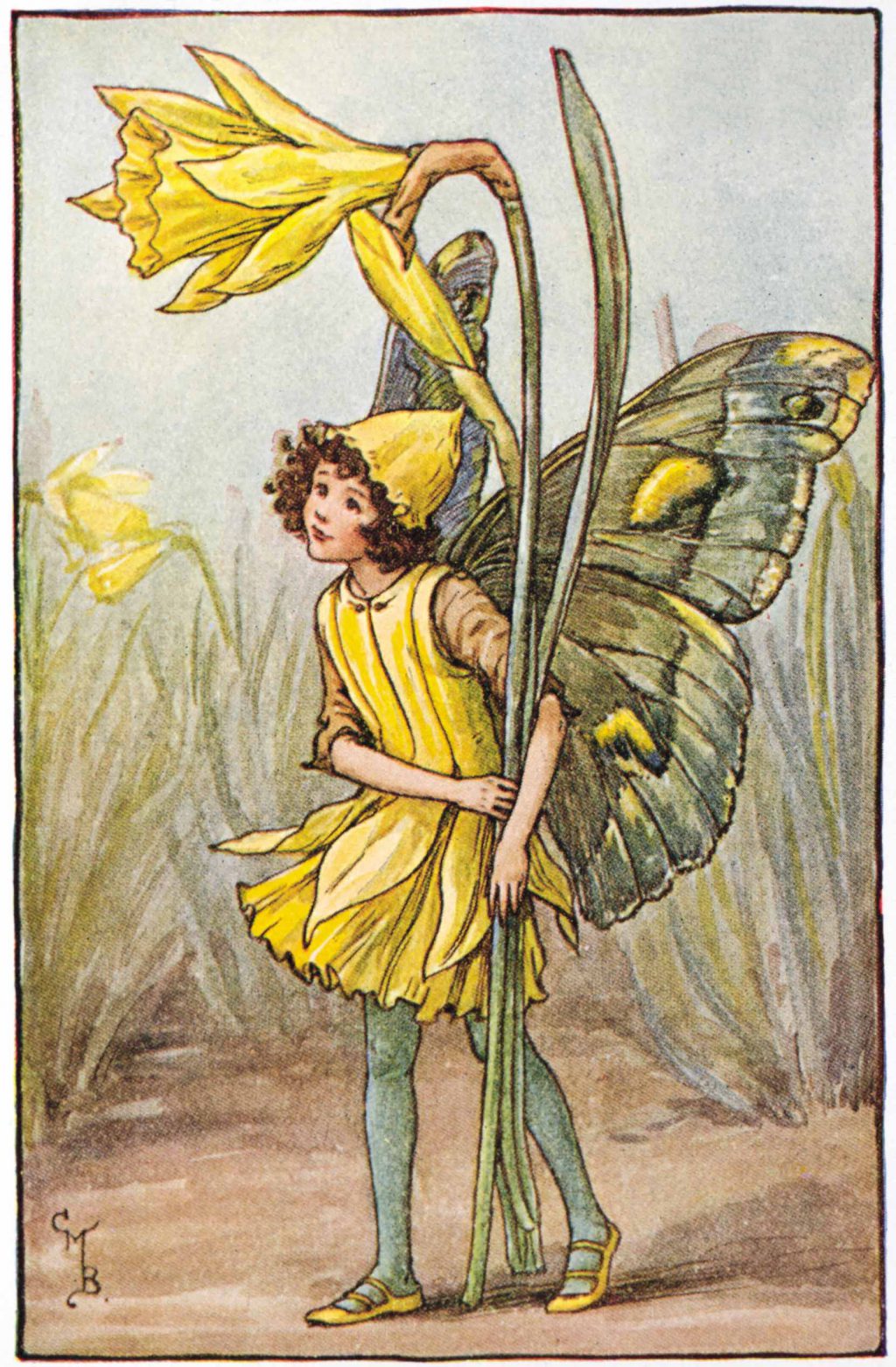 The Daffodil Fairy
The Daffodil Fairy
photo courtesy Penguin Books Limited
Flower Fairies of the Summer
Following the success of the spring edition, "Flower Fairies of the Summer" brought readers into the height of the growing season, featuring fairies associated with the most abundant blooms of the year.
This collection includes some of the most beloved characters in the entire series, such as the Rose Fairy, who reigns as the queen of summer flowers, and the Poppy Fairy, with her brilliant red petals and sleepy demeanor that reflects the flower's association with rest and dreams.
You can purchase Flower Fairies of the Summer here.
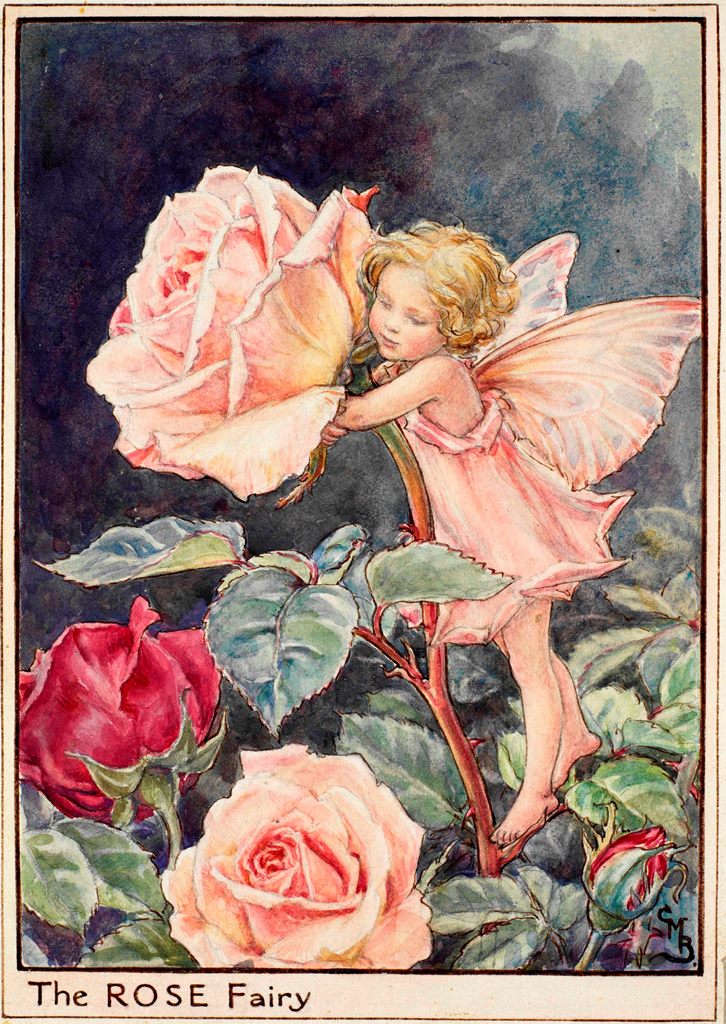 photo courtesy Penguin Books Limited
photo courtesy Penguin Books Limited
Flower Fairies of the Autumn
"Flower Fairies of the Autumn" captures the golden, harvest time of year with fairies that embody the rich colors and mature beauty of fall blooms.
The autumn fairies have a different energy than their spring and summer counterparts – they're often depicted as more contemplative and wise, reflecting the season's association with gathering wisdom and preparing for winter's rest.
Characters like the Michaelmas Daisy Fairy and the Blackberry Fairy show us the beauty in the season's transition.
Click here to purchase the Flower Fairies of the Autumn book.
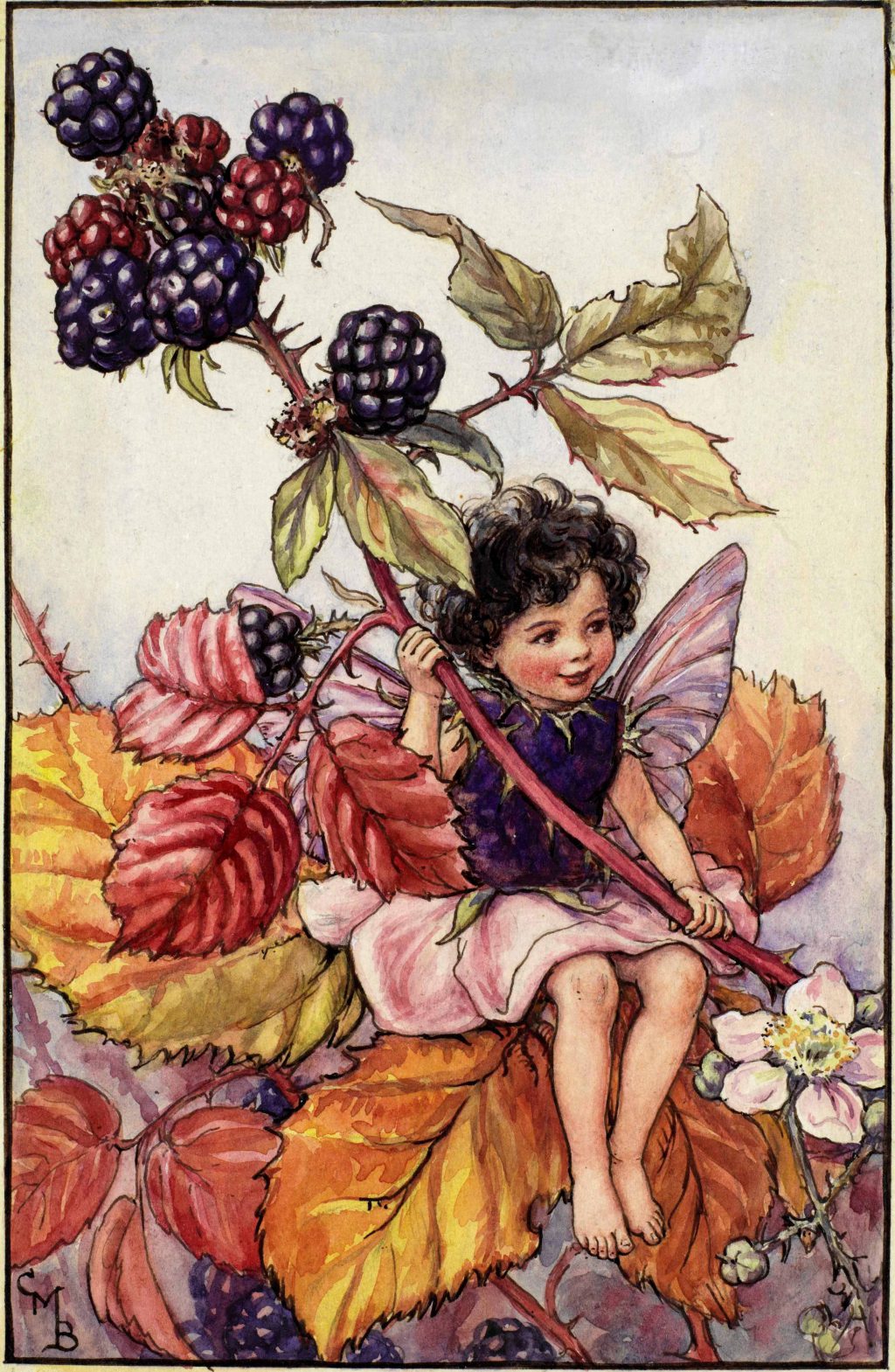 The Blackberry Fairy
The Blackberry Fairy
photo courtesy Penguin Books Limited
Flower Fairies of the Winter
The series was completed with "Flower Fairies of the Winter," which might seem like a contradiction since fewer flowers bloom in the cold months, but Barker cleverly included evergreen plants, winter-blooming flowers, and even some that produce berries or interesting seed pods during the dormant season.
The Holly Fairy and the Yew Fairy are among the stalwart characters who remind us that nature's beauty persists even in the darkest months of the year.
You can purchase Flower Fairies of the Winter here on Amazon.
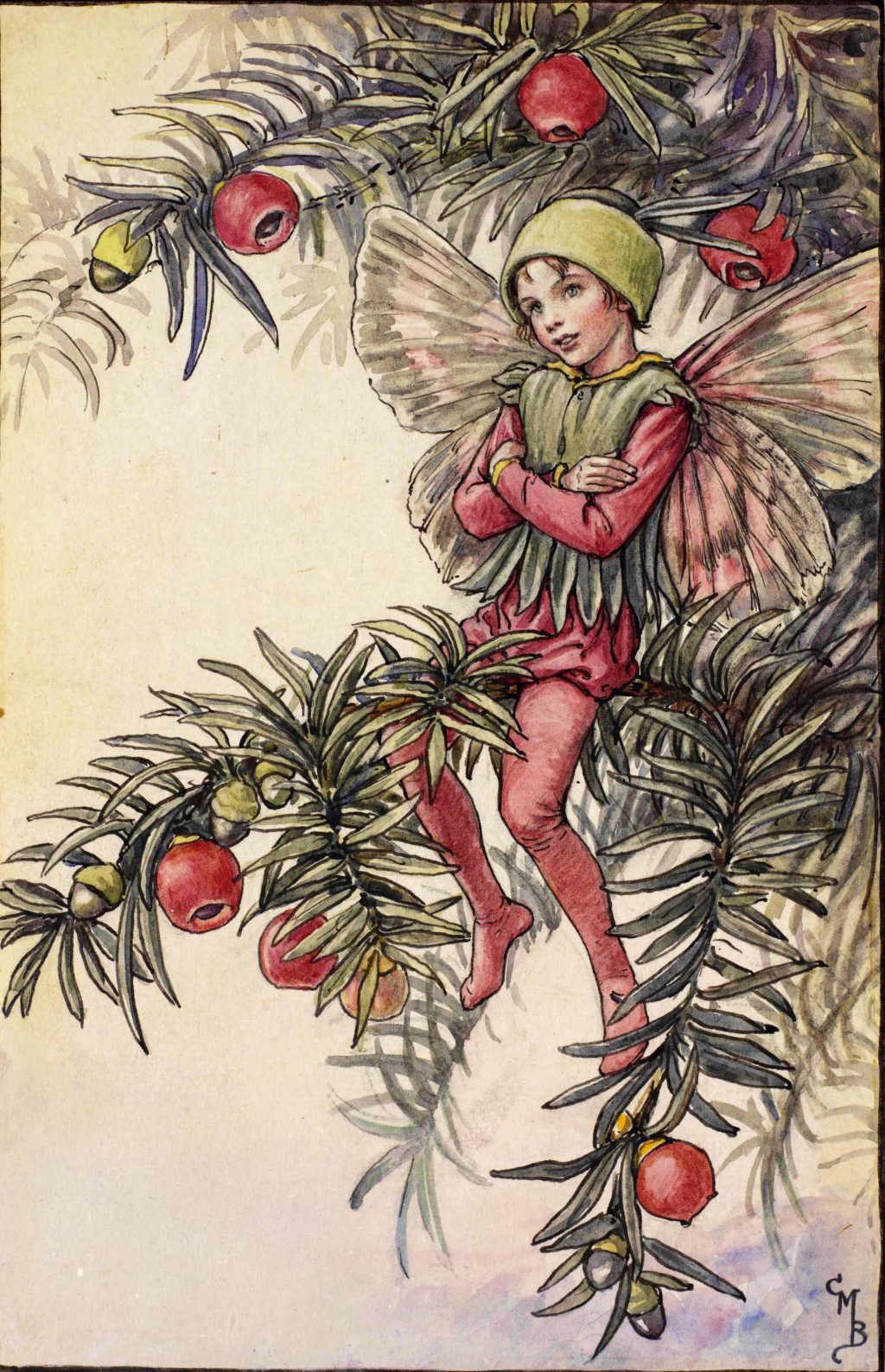 The Yew Fairy
The Yew Fairy
photo courtesy Penguin Books Limited
Other Collections
Beyond the main seasonal books, Barker also created several other collections that expanded the fairy universe. "Flower Fairies of the Garden" focused specifically on cultivated flowers that you might find in a well-tended garden, while "Flower Fairies of the Wayside" celebrated the wild flowers and plants that grow along paths and in meadows.
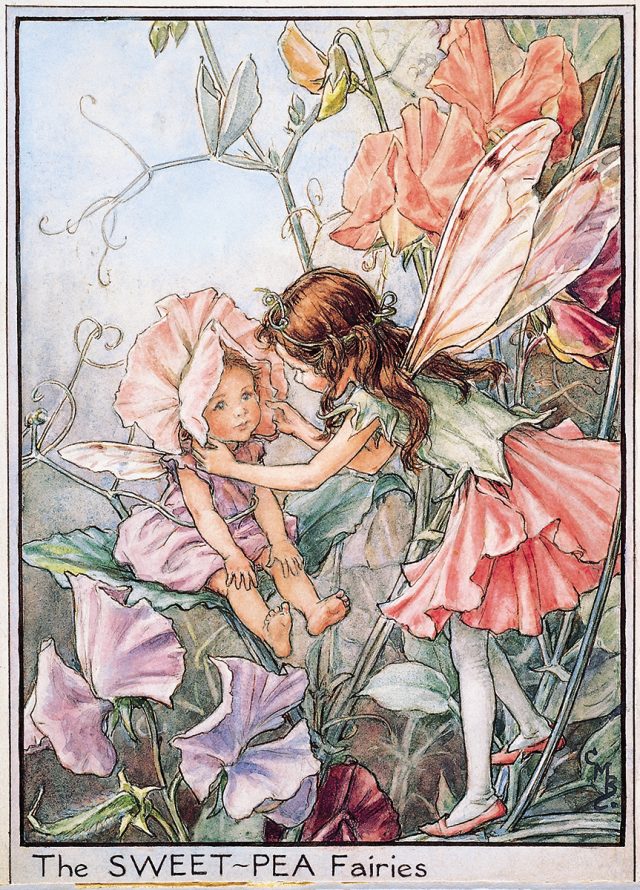 from Flower Fairies of the Garden
from Flower Fairies of the Garden
photo courtesy Penguin Books Limited
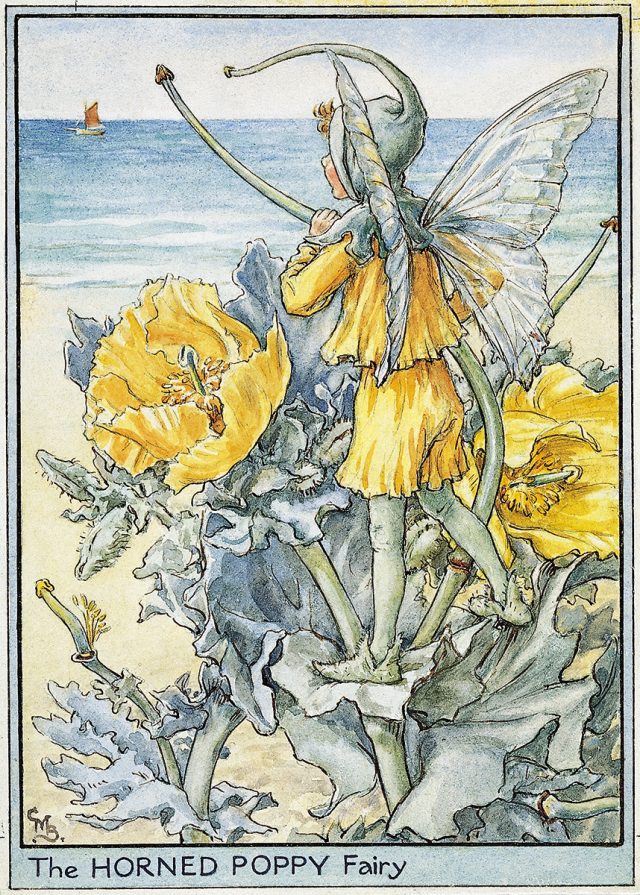 from Fairies of the Wayside
from Fairies of the Wayside
photo courtesy Penguin Books Limited
These additional volumes show Barker's comprehensive understanding of the plant world and her ability to find magic in both cultivated and wild spaces.
Flower Fairies of the Trees
The tree fairies represent another enchanting group within Barker's fairy world, featured in "Flower Fairies of the Trees."
These fairies reflect the characteristics and the grandeur of the various trees.
The Willow Fairy has a graceful, flowing appearance that mirrors the tree's drooping branches, while the Sweet Chestnut Fairy emphasizes the fruit of the tree, prickly on the outside but a treat to eat on the inside! Below I have included the poem of the Sweet Chestnut Fairy.
These tree fairies help readers appreciate the often-overlooked beauty of bark, leaves, and tree flowers.
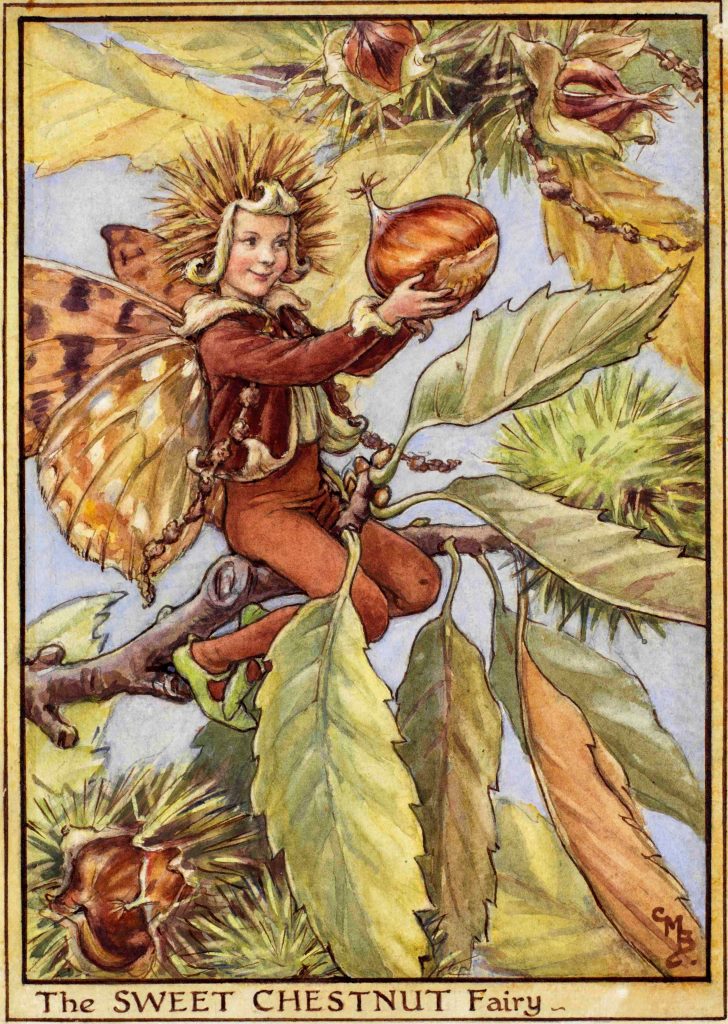 photo courtesy Penguin Books Limited
photo courtesy Penguin Books LimitedThe Poem of the Sweet Chestnut Fairy
Chestnuts, sweet Chestnuts,
To pick up and eat,
Or keep until Winter,
When, hot, they’re a treat!
Like hedgehogs, their shells
Are prickly outside;
But silky within,
Where the little nuts hide,
Till the shell is split open,
And, shiny and fat,
The Chestnut appears;
Says the Fairy: “How’s that?”
(poem courtesy Penguin Books Limited)
What's particularly fascinating about Barker's approach is how she gave each fairy a distinct personality that matches their flower's characteristics.
The Snapdragon Fairy has a playful, almost mischievous expression that reflects how snapdragon flowers can be made to "snap" open and closed.
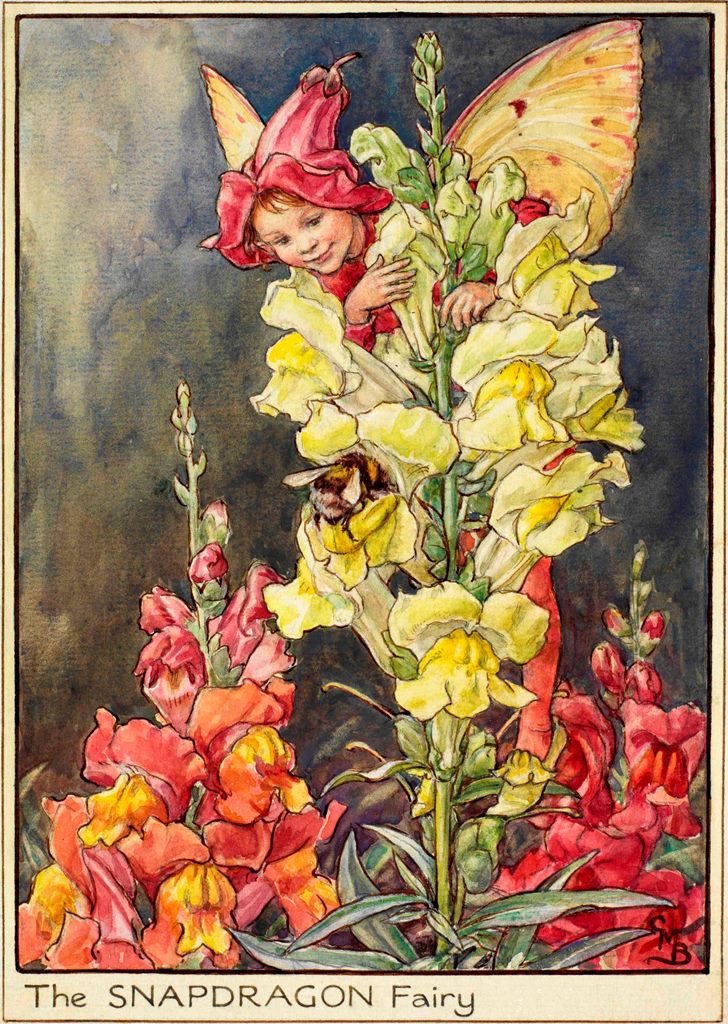 photo courtesy Penguin Books Limited
photo courtesy Penguin Books LimitedThe Forget-me-not Fairy appears sweet and modest, just like the tiny blue flowers she represents. This attention to personality makes each fairy memorable and helps readers connect with the natural world in a more personal way.
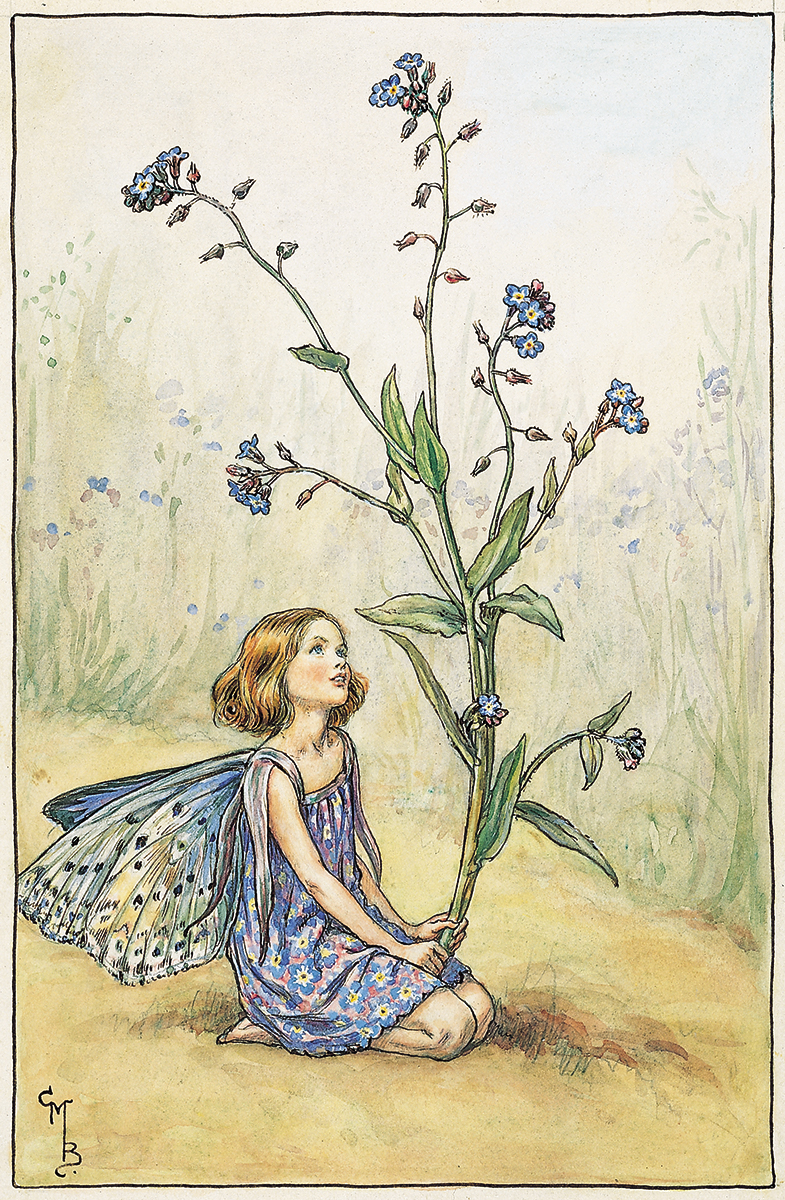 The Forget-Me-Not Fairy
The Forget-Me-Not Fairy
photo courtesy Penguin Books Limited
Book of the Flower Fairies
The Illustrations
The artistic technique Barker used in creating these illustrations was watercolor, a medium that perfectly captures the delicate, translucent quality of both flower petals and fairy wings. Her color palette tends toward soft, natural tones that feel authentic to the flowers she's depicting, but she wasn't afraid to use bold colors when the flower called for it.
The Nasturtium Fairy, for example, blazes with orange and yellow, while the Lavender Fairy is rendered in soothing purples and grays.
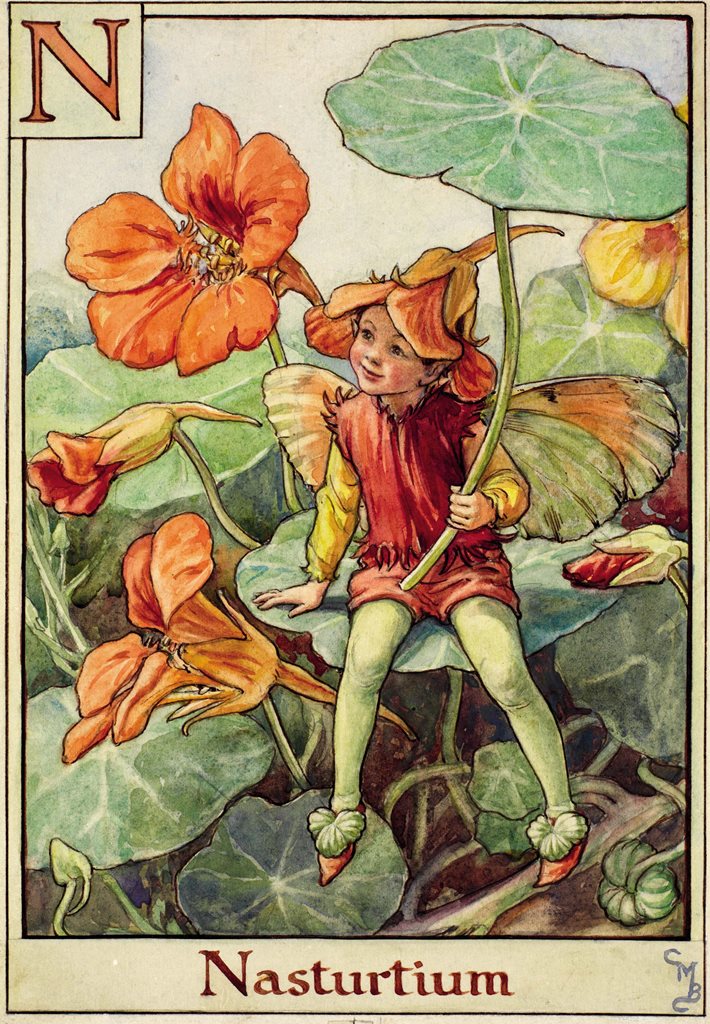 The Nasturtium Fairy
The Nasturtium Fairy
photo courtesy Penguin Books Limited
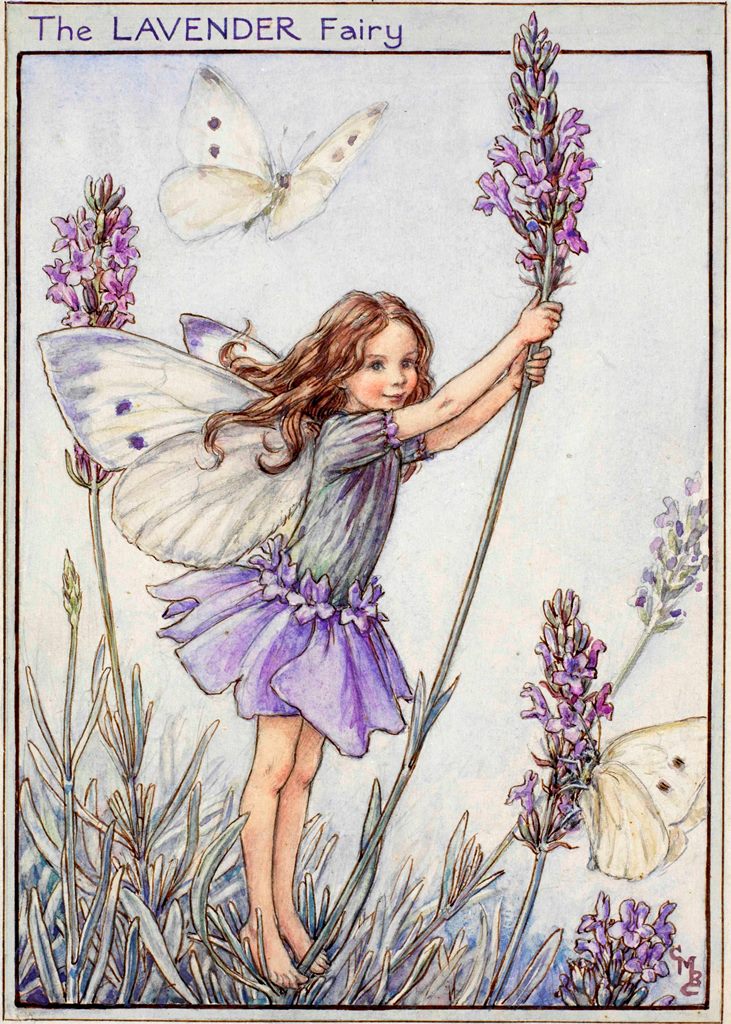 photo courtesy Penguin Books Limited
photo courtesy Penguin Books Limited
An Educational and Artistic Tool
Teachers and educators have long recognized the value of "The Flower Fairies" as educational tools. These books seamlessly blend art appreciation, poetry, and botanical science in a way that engages children without feeling like a lesson. Many teachers use the books to introduce students to different types of flowers, to discuss the changing seasons, or as inspiration for art projects.
The combination of visual and textual elements makes these books particularly effective for different learning styles.
For artists and illustrators, Barker's work serves as a masterclass in botanical illustration and character design. Her ability to anthropomorphize flowers while maintaining their botanical accuracy is a skill that many artists study and admire.
The way she poses her fairies, the flow of their clothing, and the integration of human and plant elements create compositions that are both fantastical and believable. Art students often use her work as reference for understanding how to blend realism with imagination.
The Poems
The poetry that accompanies each illustration deserves special mention, as Barker wrote all the verses herself. Her poems are crafted in simple, rhythmic language that's perfect for reading aloud, making them ideal for bedtime stories or classroom sharing.
Each poem not only describes the fairy but also includes information about the flower, for example, when and where the flower blooms, thus creating an educational element that doesn't feel forced or dry.
Below is an example of one of the poems - the Poppy Fairy Poem.
The Poppy Fairy Poem
The green wheat’s a-growing,
The lark sings on high;
In scarlet silk a-glowing,
Here stand I.
The wheat’s turning yellow,
Ripening for sheaves;
I hear the little fellow
Who scares the bird-thieves.
Now the harvest’s ended,
The wheat-field is bare;
But still, red and splendid,
I am there.
(poem courtesy Penguin Books Limited)
 The beautiful Poppy Fairy
The beautiful Poppy Fairy
photo courtesy Penguin Books Limited
Parents and grandparents often find themselves drawn back to "Books about the Flower Fairies" because these books create such strong memories. There's something about the combination of beautiful art and gentle storytelling that makes these books perfect for sharing across generations. Many families have traditions of reading these books together during different seasons, using them as a way to connect with nature and with each other.
Continued Popularity of the Books
The enduring popularity of these books has led to numerous reprints and special editions over the decades. Publishers have created everything from small pocket-sized versions perfect for little hands to large format coffee table books that showcase Barker's artwork in stunning detail. Some editions include additional biographical information about Barker herself, while others focus purely on presenting the fairy illustrations and poems in the most beautiful way possible.
Collectors particularly prize first edition copies of the original "Book of the Flower Fairies" volumes, but even modern reprints maintain the charm and quality that made these books special in the first place. The timeless nature of Barker's art means that these books don't feel dated, even though the first ones were published nearly a century ago. The themes of nature, beauty, and wonder are universal and eternal.
One of the most appealing aspects of these books is how they encourage readers to look more closely at the natural world around them. After reading about the Daisy Fairy, children (and adults) often find themselves really noticing daisies for the first time, perhaps wondering if they might catch a glimpse of a tiny fairy among the petals. This sense of wonder and possibility is one of the greatest gifts these books offer.
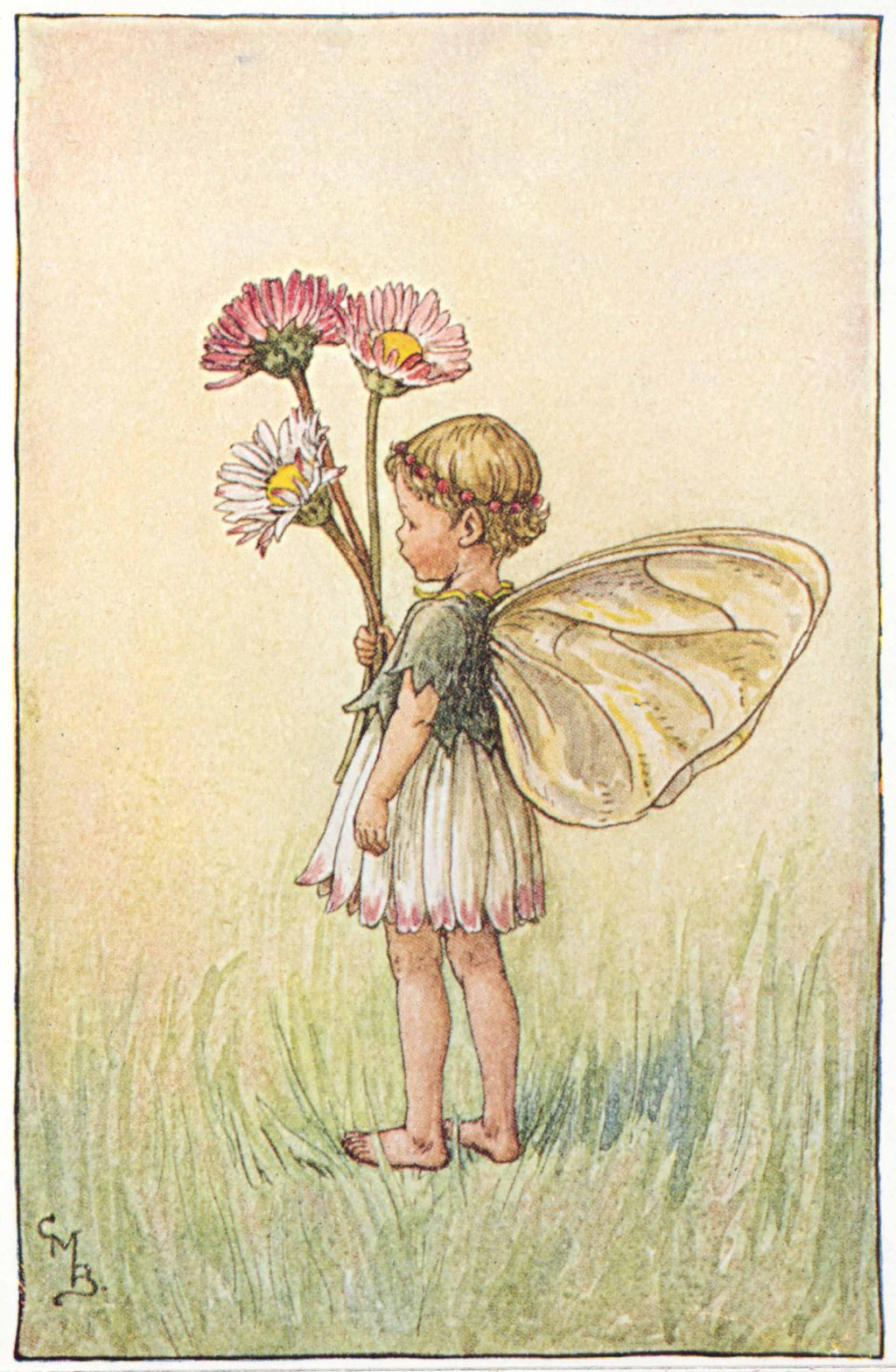 The Daisy Fairy
The Daisy Fairy
photo courtesy Penguin Books Limited
The Fairy Characters
The fairy characters themselves represent a diverse range of personalities and appearances, though they all share Barker's distinctive artistic style.
Some fairies are depicted as children, others as young adults, and their clothing always incorporates elements of their particular flower.
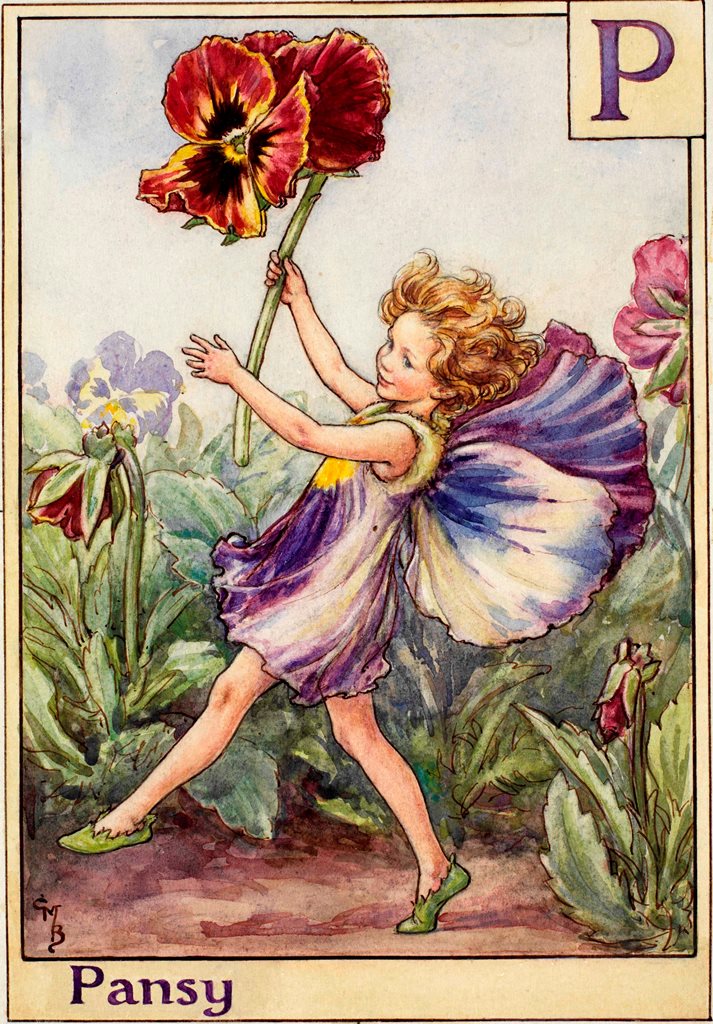 The Pansy Fairy
The Pansy Fairy
photo courtesy Penguin Books Limited
The Pansy Fairy wears a dress that looks like pansy petals, complete with the flower's characteristic "face" pattern, while the Fuchsia Fairy's outfit mirrors the drooping, bell-shaped flowers of the fuchsia plant.
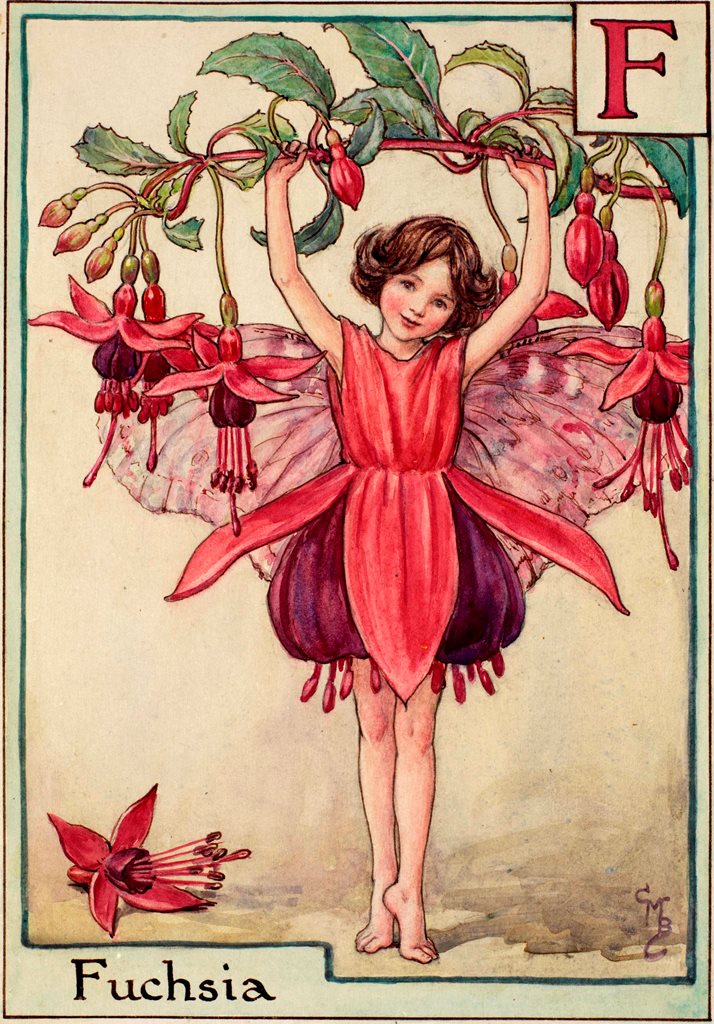 The Fuchsia Fairy
The Fuchsia Fairy
photo courtesy Penguin Books Limited
Both the Pansy and the Fuchsia Fairies are part of a collection called the "Alphabet Fairies".
An Interesting Fact!
Modern readers might be surprised to learn that Barker used real children as models for her fairy illustrations. She would pose local children in her studio, often using the students from a nearby kindergarten where her sister taught.
This use of real models gives the fairies a natural, believable quality that purely imaginary figures might lack. The children's poses and expressions feel authentic because they were based on real observations of how children move and play.
The botanical accuracy in these books is truly impressive, especially considering that Barker was primarily an artist rather than a trained botanist. She spent considerable time studying real flowers, often growing them in her own garden so she could observe them closely throughout their growing cycle.
This dedication to accuracy means that readers can actually learn to identify real flowers by studying Barker's illustrations, making these books valuable field guides as well as works of art.
The Greater Celandine Fairy is from the "Fairies of the Wayside" collection and may help you identify this plant on your travels!
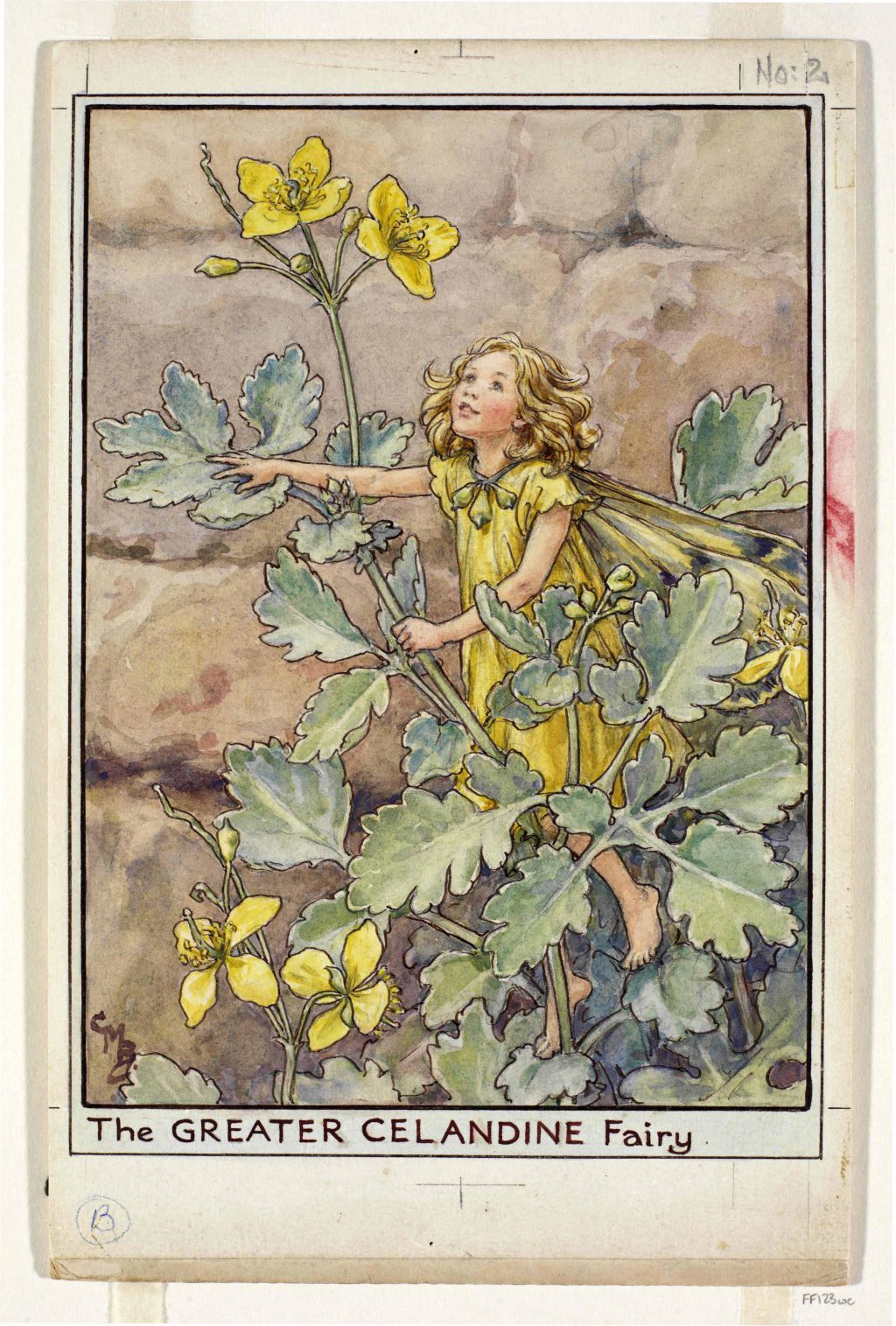 photo courtesy Penguin Books Limited
photo courtesy Penguin Books Limited
The Fairy World
For those interested in the fairy world beyond just the visual appeal, these books offer a gentle introduction to folklore and mythology.
While Barker's fairies are her own creation rather than traditional folklore figures, they tap into the same human fascination with nature spirits and magical beings that has existed across cultures for thousands of years. The books provide a safe, beautiful way for children to explore themes of magic and wonder.
Fairies through the Seasons
The seasonal structure of the main fairy books also makes them perfect for year-round enjoyment. Families often keep all four seasonal volumes and pull out the appropriate one as the seasons change, using the books as a way to mark the passage of time and celebrate the unique beauty of each part of the year.
This cyclical reading pattern helps children develop an appreciation for the natural rhythms of the earth.
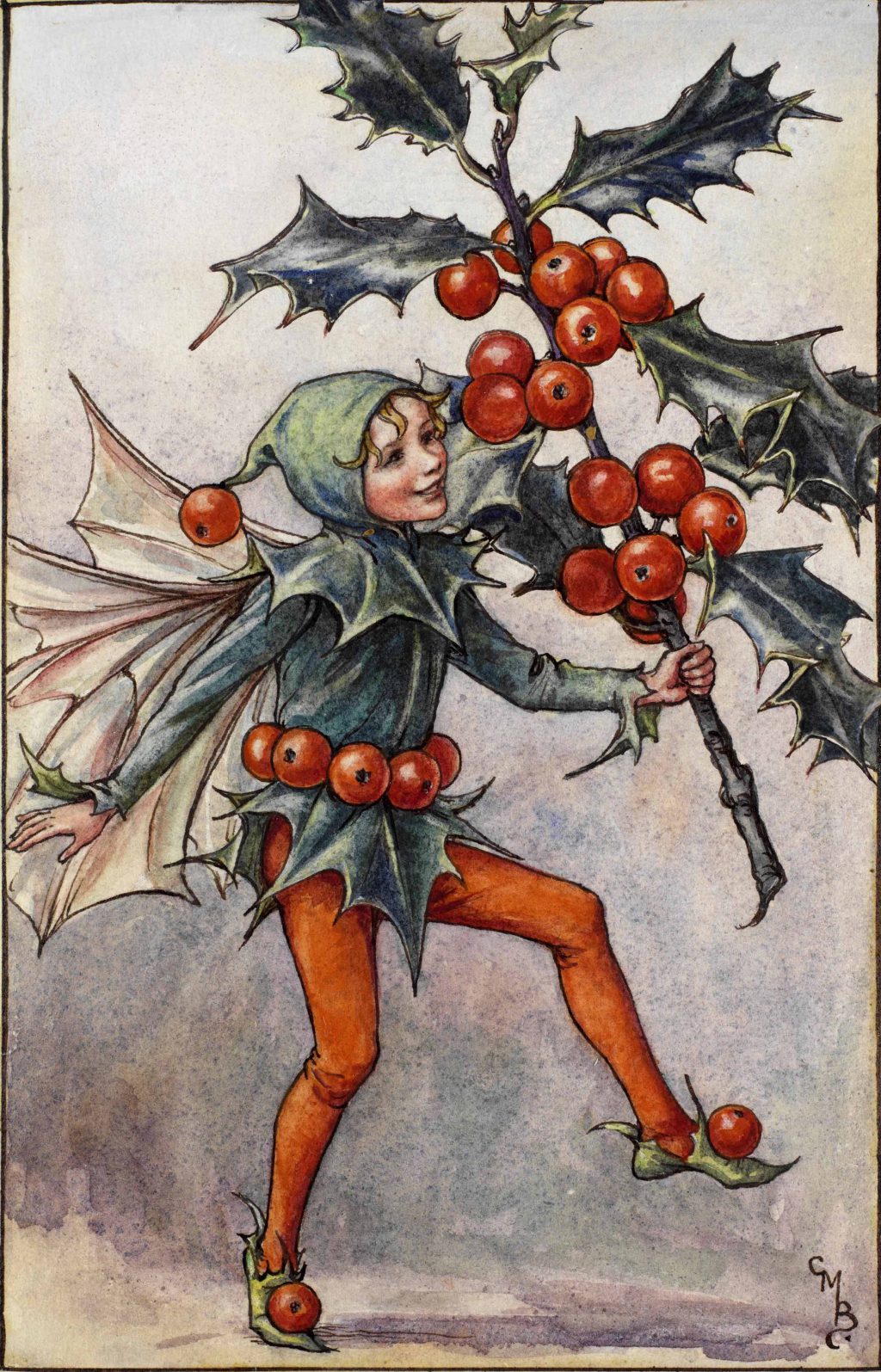 The Holly Fairy - part of the Fairies of the Winter collection
The Holly Fairy - part of the Fairies of the Winter collection
photo courtesy Penguin Books Limited
The Appeal of the Flower Fairies Books
If you're considering adding "The Flower Fairies" to your library, you'll find that these books have remarkable staying power.
Unlike many children's books that are quickly outgrown, the fairy books continue to offer new discoveries with each reading. Young children enjoy the pictures and simple stories, while older readers can appreciate the artistic technique, the poetry, and the botanical information. Adults often find themselves just as enchanted as children by the detailed artwork and peaceful, natural themes.
Mogsy had these books as a child and now wishes she had kept them!
The influence of Barker's work extends far beyond the original books themselves. Her fairy illustrations have inspired countless other artists, writers, and creators, and her approach to combining education with entertainment has become a model for children's literature.
The books have been translated into numerous languages and continue to find new audiences around the world, proving that the appeal of these gentle, beautiful fairies transcends cultural boundaries.
Conclusion
Whether you're a long-time fan looking to revisit childhood memories, a teacher seeking engaging educational materials, an artist studying botanical illustration, or simply someone who appreciates beautiful books, "Book of the Flower Fairies" offers something special.
These aren't just books – they're invitations to see the world with wonder, to appreciate the small beauties that surround us every day, and to believe, even if just for a moment, that magic might be hiding in our own gardens.
In our fast-paced, digital world, there's something deeply refreshing about these timeless books that celebrate the simple, enduring beauty of flowers and the power of imagination.
Click here to buy the Complete Book of the Flower Fairies which includes all of the illustrations and poems from the 8 original books.
Book of the Month
The Best Selling Fae Fantasy Book! A great Christmas gift!
CLICK HERE for more information and best price!
Recent Articles
-
Fae Fantasy Books - where love can be both thrilling and terrifying!
Nov 22, 25 02:34 AM
Fae Fantasy Books - explore new aspects of what it means to be human in a world where magic and immortal beings exist! A perfect blend of danger and allure! -
Water Fairies: Meet the Mystical Undines of the Waters
Nov 19, 25 02:45 AM
Water fairies, often called undines, are enchanting magical beings deeply connected to the element of water. These spirits appear in folklore and fairy tales -
Earth fairies are elemental beings connected to the earth element.
Nov 19, 25 02:34 AM
Earth fairies, also known as gnomes, are elemental beings deeply connected to the earth element. They have rich roots in folklore, mythology, and fairy tales
